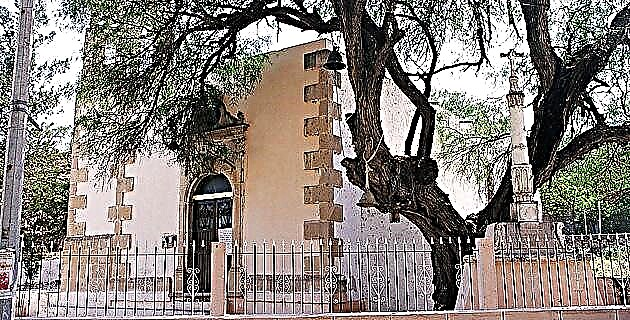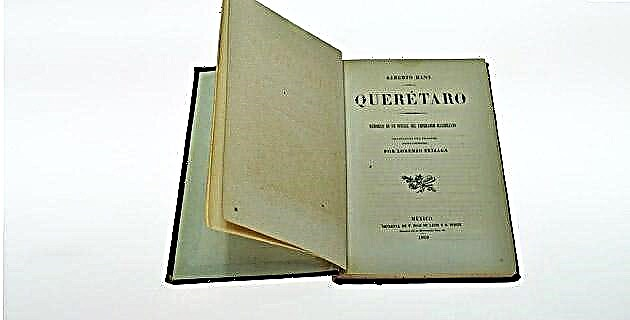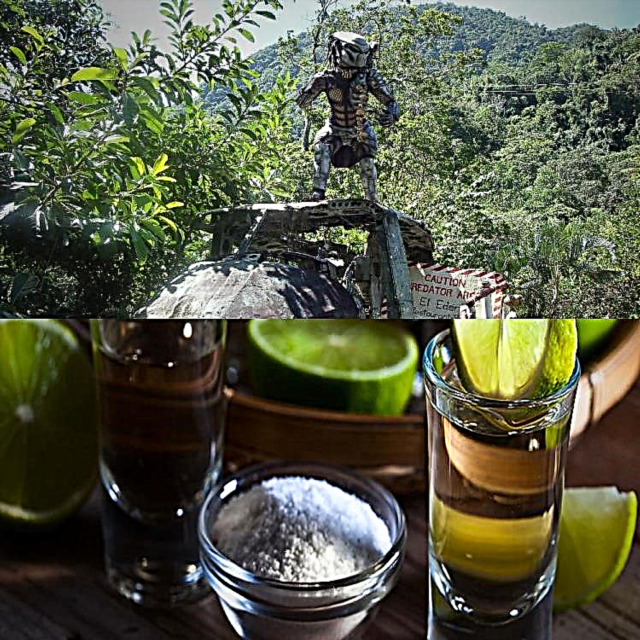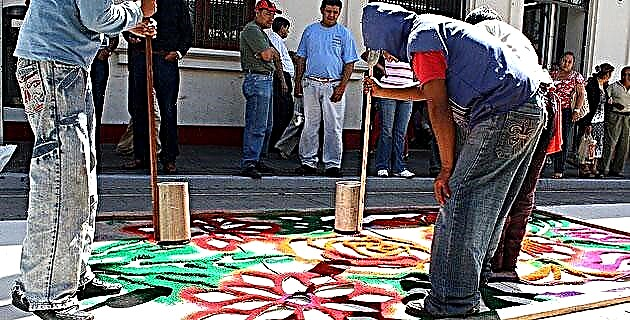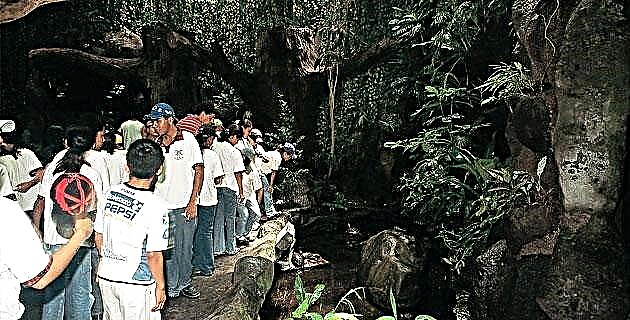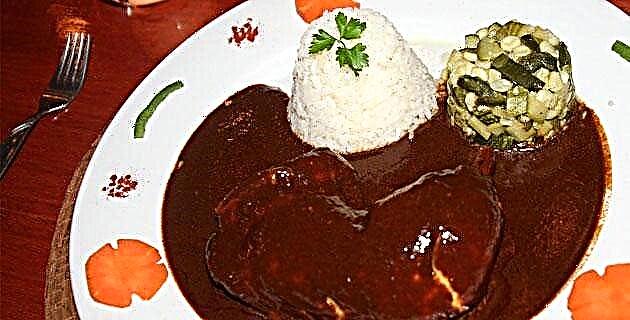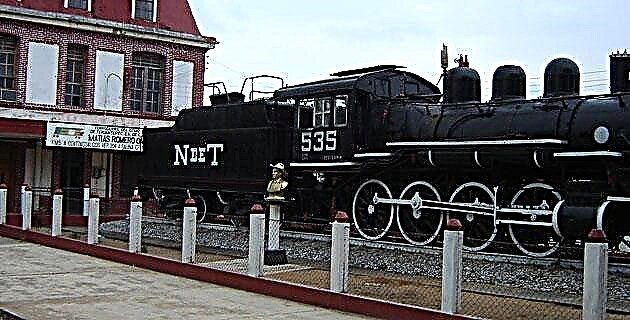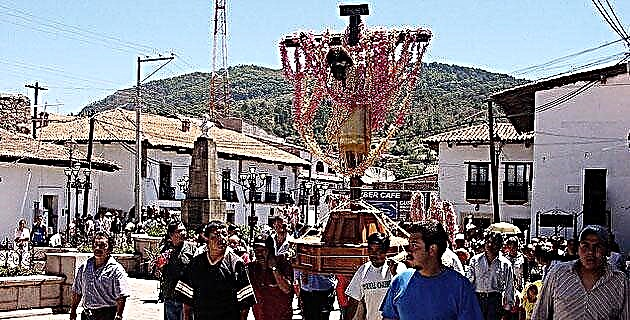
Within this valley of forest aroma, its colonial trace still remains, which makes it a harmonious place of beautiful cobbled streets. In the squares, portals and large houses of Sultepec it is possible to admire the vestiges of the bonanza that it acquired during the viceroyalty.
SULTEPEC: CHARMING TOWN IN THE STATE OF MEXICO
Located south of the State of Mexico, this colonial territory was discovered by its important veins of various minerals. Like Temascaltepec, it was part of the Province of La Plata and was distinguished by its great production of gold and silver. It also went down in history for its participation in Independence as the seat of the Governing Board of America. Within this colonial aspect it is now possible to admire the old shots of its mines and its churches, mainly.
Learn more
At the end of the 16th century, the Sultepec mines were the most productive in silver in all of New Spain; the annual consignment of this material, which was sent to the Mint of Mexico City, amounted to several million. By 1874, here were 72 mines and beneficiation farms, the San Juan Bautista mine was one of the most exploited by the Spanish and favored them for many years.
Typical
The skill of this land stands out in its delicate ceramic and pottery works. One of the exponents in this art is Don Austreberto Arce who works with silver, quartz, florita, tin, wood and clay to create original figures rarely seen in the state.
FORMER CONVENT OF SAN ANTONIO DE PADUA
Founded by the Franciscans at the beginning of the 17th century, it is a simple construction from which its thick-walled cloister stands out. Currently you can only see the Casa Cural where paintings by Francisco de los Angeles Vallejo are kept. Inside you can see its baroque altarpieces carved in stewed wood and decorated with plant motifs, angels' faces, niches with celestial sculptures and oil paintings such as The Descent of Jesus, from 1688, and Jesus appearing before Heródes Antipas, from the 17th century.
SANTA VERACRUZ SANTUARY OF THE LORD
It is a neoclassical ensemble that attracts attention for its quarry atrial façade, and for the cornice and pilaster that stand out on the façade of the temple. The interior is no less interesting, there is a 17th century Black Christ, niches with neoclassical elements, stained glass windows with religious scenes, lamps supported by a beautiful and unique plant decoration. In the presbytery you can admire drawings and paintings from the last century.
PARISH OF SAN JUAN BAUTISTA
It is a building from the year 1660 approximately, although it has been remodeled, it still has characteristic elements such as its pink quarry construction and its Doric columns at the ends. The second body has a circular choral window and two shields, one of the illustrious Fray Juan de Zumárraga, First Bishop of Mexico, and the other of Fray Alonso de Montúfar, Archbishop of Mexico. Inside it keeps a sculpture of San Juan Bautista. This place is mainly characterized by its temples, although in the center you can walk through its alleys, which like the city of Guanajuato has its Callejón del Beso, and others such as the Callejones del Abrazo, de los Amantes, del Trancazo, del Encanto. , of the Maroma and of the Slip. Among the natural landscapes, the Mirador, the Zomada, the Diego Sánchez waterfall, the Peñitas, the Culebra and the Aguas Azufradas de Pepechuca stand out, all one more option to admire this dreamy valley.




